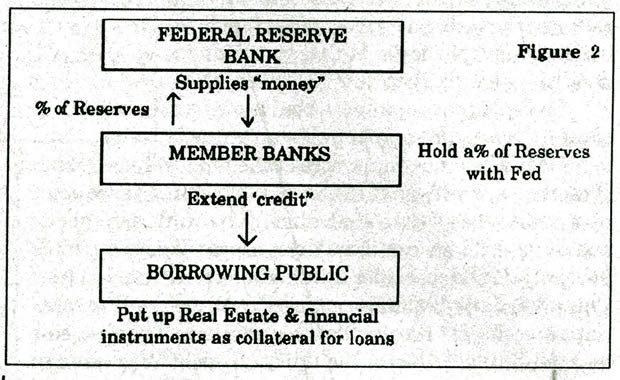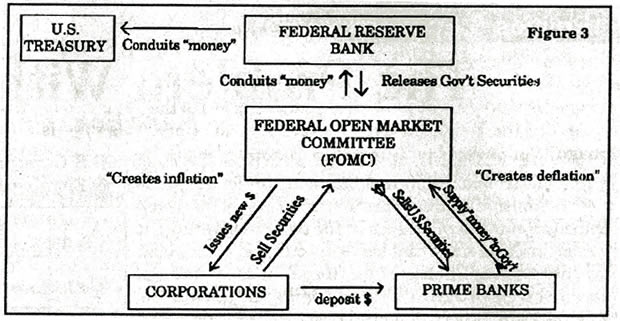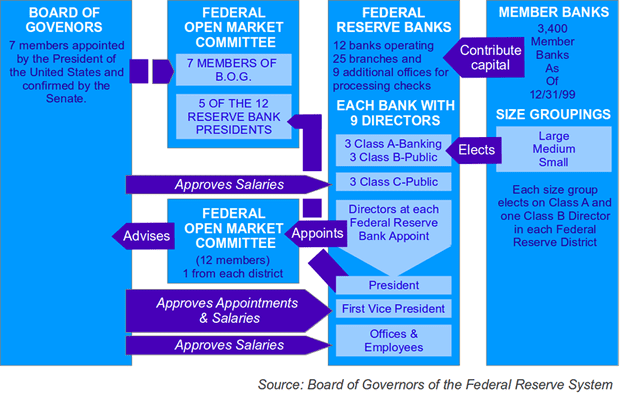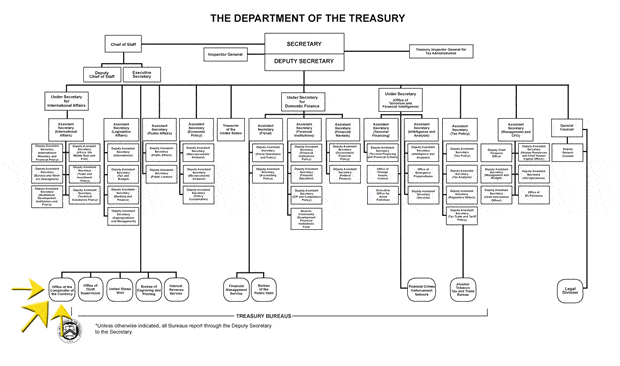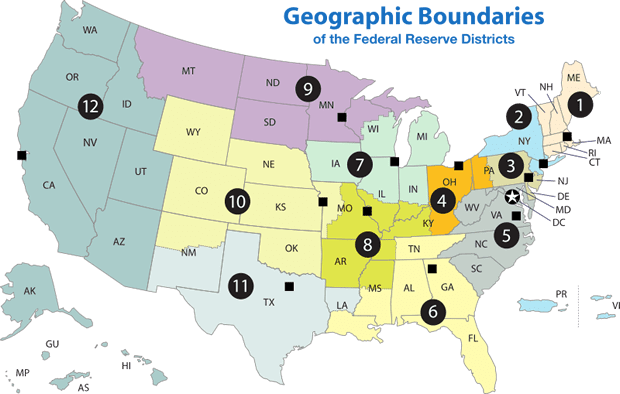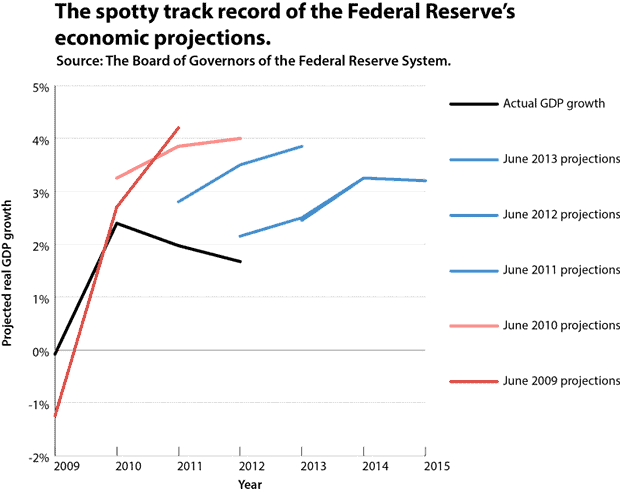I'm about to connect the Federal Reserve to beer. You ready?
The Bullwhip Effect
One of my more memorable moments in business school came during an Operations class. The topic for the day was the Bullwhip Effect, a very real and vexing phenomenon that occurs in forecast-driven distribution systems.
Essentially, when there are multiple parties in a distribution system, the imperfections in each player's forecasts (no forecast is consistently perfect) compound to wreak increasing havoc over time, even if demand stays relatively stable.
Grasping how this works is somewhat non-intuitive. So the professor had us play a game developed by MIT back in the 1960s that uses beer to make the point (thus guaranteeing our full attention).
The Beer Game
The Beer Distribution Game divided us into groups of 4 people each. Each person was assigned a role (factory, distributor, wholesaler, retailer). Our task was to meet downstream demand while trying to avoid costly inventory overages or backorders.
The game was played in rounds, and communication was limited to exchanging pieces of paper via which we either fulfilled downstream demand from our inventories (if we could) or placed orders with our upstream supplier (our forecasts).
As the rounds progressed, the swings in inventory overages and outages became more frequent and more extreme. We each did our best to adjust, but that just seemed to make the volatility worse.
At the end of the exercise, I remember the professor asked a member of each group to go up to the front of the room and draw a chart of the demand curve their team saw during the game. Each group's chart looked wildly different. All were chaotic, and there was no discernible pattern among them.
Then the prof dropped his surprise: You all had the exact same demand from the market throughout the game. In fact, the level of market demand was constant for the first several rounds, increased once, and then stayed at that new level for the rest of the game.
Despite a remarkably simple and stable demand structure, the system spun out of control relatively quickly. With every team.
Of course, that's the point of the exercise: complexity breeds risk. Where there is uncertainty in a system (e.g., when making forecasts about the future), there are both operational and behavioral foibles that must be tightly managed lest they compound to introduce real and non-intuitive instabilities.
The takeaways from the exercise are: simplify processes wherever possible, optimize visibility and communications across the system, align incentives -- and appreciate that even with all these precautions, you'll likely never have a perfect system. So remain vigilant for the emergence of bullwhip volatility in order to reset things before they get out of hand.
The Monetary Supply Chain
All right, so what does this have to do with the Federal Reserve?
Well, the Fed also operates a "forecast-driven distribution channel." It makes forecasts about the health of the U.S. economy and determines how much money should be in supply to best meet its goals for price stability, financial system health, and employment.
With the lessons of the Bullwhip Effect fresh in your mind, you might be wondering: How simple is the system that the Federal Reserve uses to manage the money supply?
Well, the Fed would like you to think it's as simple as can be. Look at this easy-to-understand schematic:
(Source)
The Fed gives money to banks to then lend to people. Pretty darn straightforward. What could go wrong?
Oops, but wait a minute. It turns out it's a little more complicated than that. If we dig a little deeper, we see that the U.S. Treasury plays a role in "conduiting money" into and out of the system, and that the Fed (via the FOMC) also interacts with corporations, in addition to banks:
(Source)
Hmmm. Okay. So there are a few more folks in the pool than we originally realized. Still, the players all fit nicely onto a single chart. It's probably all very tightly coordinated and finely controlled, right?
But wait; each of those boxes in the above chart is actually a vast organization (or collection of organizations). Let's look at each briefly:
The Federal Reserve
The Fed is actually a confederation of private banks, headed by a board of governors composed of both banking executives and political appointees (not the most efficient or effective of combinations):
(Source)
Treasury
The U.S. Treasury has more than 100,000 employees. Of course, they don't all interface with the Fed, but multiple departments within the Treasury do.
(Source)
Member Banks
More than one third of all U.S. commercial banks are members of the Federal Reserve System. That's thousands of banks. They are managed by the 12 Federal Reserve Banks, each of which has oversight of its district.
(Source)
Complexity vs. Resiliency
So, the "simple" structure of the Fed providing banks with money actually encompasses the coordination of various departments within the Federal Reserve system, its thousands of member banks, and at least some part of the U.S. Treasury behemoth. Oh, and private corporations, too.
In this context, the near-death experience that the financial system experienced in 2008 due to liquidity issues comes as little surprise. When things begin to get volatile, with this many parties involved, the Bullwhip Effect tells us that those responsible for forecasting are almost guaranteed to be wrong. Especially when additional parties, such as Congress and the Executive Branch, get involved – as they do in crises like we saw in 2008.
It doesn't help that even during times of relative stability, the Fed's forecasts are poor at best:
(Source)
As central banks around the world conduct the greatest monetary experiment in human history in real-time around us, it's important to keep the Bullwhip Effect in mind. The mathematical odds that the world's many central planners, with their manifold partners in distributing fiat liquidity, are going to have the finesse to successfully steer their ships to safety through the shoals of inflation and deflation that threaten on either side, are very low. And that's before taking into account the unintended consequences of their more extreme measures.
Bottom line: If another liquidity crisis hits (which Chris is warning may be at our doorstep), the one thing we can count on is that the response from our leaders will be ill fitting to the situation. Prepare accordingly.
~ Adam Taggart
This is a companion discussion topic for the original entry at https://peakprosperity.com/why-the-bullwhip-effect-all-but-guarantees-another-poorly-handled-liquidity-crisis/
